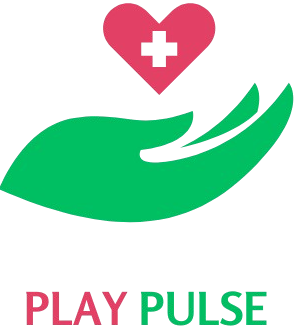In the ever-evolving digital landscape, web design stands as a critical cornerstone of online presence and user experience. Here, we delve into the essence of web design, exploring its principles, trends, and best practices.
Understanding Web Design
Web design encompasses the aesthetic and functional aspects of creating websites. It merges creative design elements with technical proficiency to deliver engaging, intuitive, and user-friendly digital experiences. Key components include:
- User Interface (UI) Design: Focuses on the look and feel of the website, including layout, color schemes, typography, and overall visual appeal.
- User Experience (UX) Design: Aims to enhance user satisfaction by improving the usability, accessibility, and interaction between the user and the website.
- Responsive Design: Ensures websites adapt seamlessly to different devices and screen sizes, providing a consistent experience across desktops, tablets, and smartphones.
Principles of Effective Web Design
- Purpose: Clearly define the website’s goals and align design elements to fulfill those objectives.
- Usability: Prioritize ease of navigation, intuitive interface design, and accessibility for all users.
- Visual Hierarchy: Organize content to guide users’ attention, emphasizing important elements through layout, contrast, and typography.
- Loading Speed: Optimize images, code, and server performance to minimize loading times and enhance user experience.
- Consistency: Maintain uniformity in design elements such as colors, fonts, and navigation across all pages of the website.
Trends in Modern Web Design
- Minimalism: Emphasizes simplicity and clarity, focusing on essential elements and clean aesthetics.
- Dark Mode: Provides an alternative color scheme that reduces eye strain and enhances visual contrast.
- Microinteractions: Small animations or visual responses to user actions that improve engagement and usability.
- Voice User Interface (VUI): Integrates voice commands for navigation and interaction, enhancing accessibility and user convenience.
Tools and Technologies
- Design Tools: Adobe XD, Sketch, Figma for creating wireframes, prototypes, and visual designs.
- Development Frameworks: Bootstrap, Foundation, and Webdesign Karlsruhe Tailwind CSS for responsive and efficient front-end development.
- Content Management Systems (CMS): WordPress, Drupal, Joomla for managing content and simplifying website maintenance.
Future Directions
As technology advances and user expectations evolve, web design continues to evolve. Emerging trends such as artificial intelligence (AI) in design automation, augmented reality (AR) integration, and immersive user experiences through virtual reality (VR) are shaping the future of web design.
Conclusion
Web design remains integral to creating compelling digital experiences that captivate users and achieve business objectives. By blending creativity with functionality and staying abreast of technological advancements, designers can craft websites that resonate with audiences and stand out in a competitive online landscape.
Whether you’re a seasoned designer or exploring the field, understanding the principles and trends of web design is crucial for creating impactful digital experiences that leave a lasting impression.

